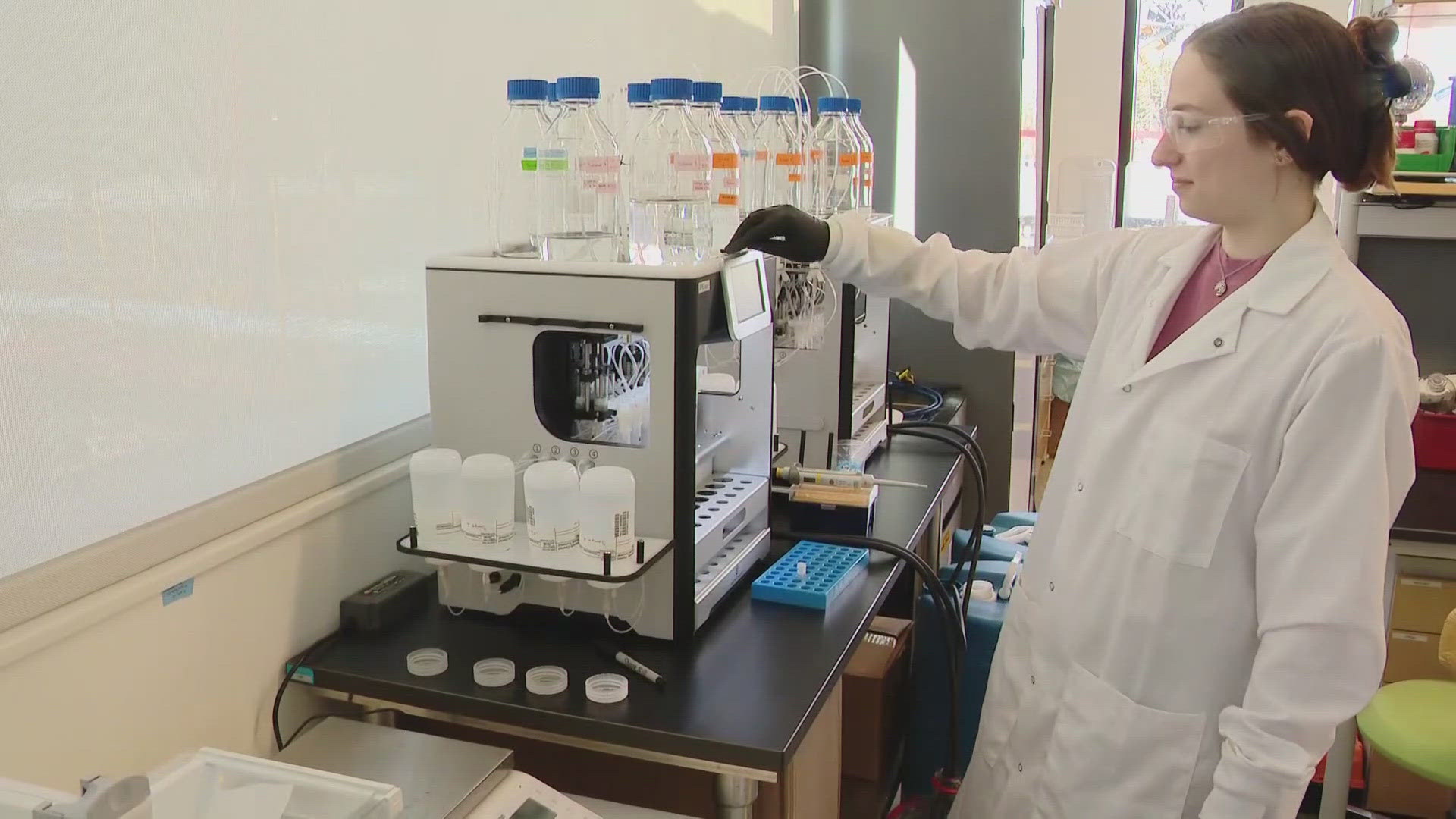BOOTHBAY, Maine — Scientists are gearing up for the next phase of the first comprehensive study of PFAS chemicals in Casco Bay.
Earlier this year, the conservation group Friends of Casco Bay revealed low levels of PFAS in dozens of samples taken from 18 different sites.
In a few weeks, researchers will begin sampling water and soil at key sites, including rivers feeding into the bay to find out where the contamination is coming from.
Amanda Pinson, a research technician at Bigelow Laboratory for Ocean Sciences, collects salt water to be analyzed for PFAS chemicals.
Up the hill and inside the lab, the samples pass through a solid-phase extraction system, which isolates even the tiniest amount of chemicals.
"It cleans up the sample so we only get the PFAS, and it concentrates it up so we can measure very low concentrations," Christoph Aeppli, a senior research scientist at Bigelow Laboratory for Ocean Sciences, explained.
Researchers have teamed up with Friends of Casco Bay to gather data on PFAS levels in Casco Bay, a watershed covering nearly 1,000 square miles. Over the past year, scientists analyzed 100 samples from 18 different sites.
"We had low concentrations, but it's detectable," Aeppli added.
Since the 1980s, higher concentrations of PFAS have been found near the former Brunswick Naval Air Station, an EPA Superfund site.
However, the levels decreased quickly further offshore. The next phase of the three-year study will focus on finding the source of the contamination. Sampling will include water and soil taken from rivers feeding into Casco Bay.
"All the rivers that drain through Maine's farmland where biosolids have been applied also potentially contribute to PFAS there," Aeppli stressed.
Scientists say having a comprehensive set of data will help regulators better respond to potential contamination issues in the future linked to a chemical present off the coast of Maine and throughout the world.
Researchers plan to head back onto the water at the end of May to start sampling. They hope to have all of the data collected by the end of the year and present it to the public sometime in 2025.

